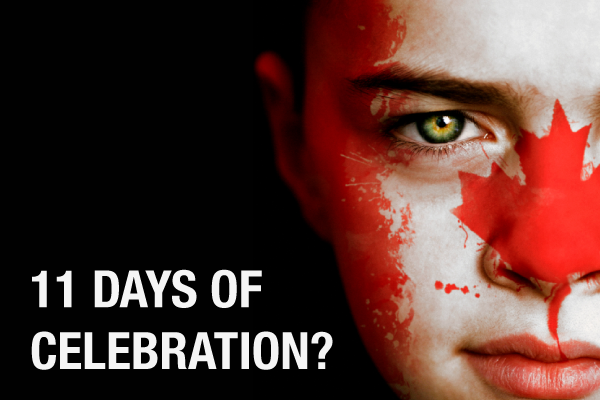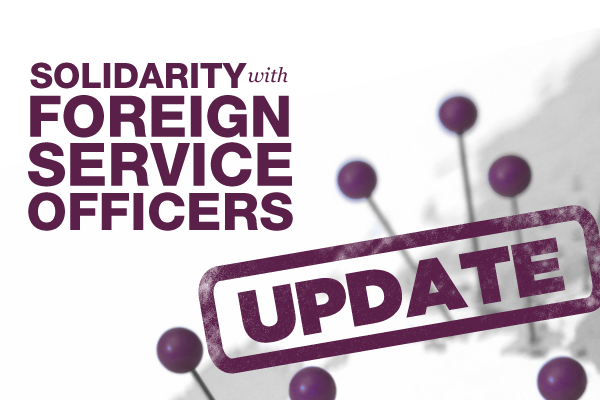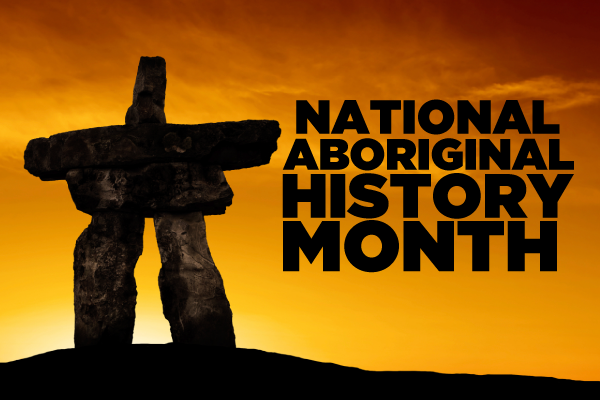
The period from June 21 to July 1 is commonly referred to as the Eleven Days of Celebration; they encompass National Aboriginal Day, St-Jean Baptiste Day, Canadian Multiculturalism Day and Canada Day. It’s an opportunity to celebrate all aspects of our heritage – to reflect on the wide range of people who contributed to building our great country.
But perhaps this is also a good time to talk about the importance of heritage — the importance of preserving it for future generations.
Institutions responsible for collecting and preserving our heritage have suffered drastic cuts. These include Library and Archives Canada, our national museums, Heritage Canada, Parks Canada and the National Capital Commission.
At Library and Archives Canada, like many other departments and agencies that we represent, the staff was cut by 20%.
“The people who’ve lost their jobs are the ones who assist visitors, teachers, researchers and students,” said National President Doug Marshall. “Canadians are being deprived of valuable services and it’s future generations that are going to be robbed of their heritage.”
When it comes to acquiring important pieces of our history, the department hasn’t been making acquisitions since a 10-month moratorium on purchases was put in place in 2009. Ten months, four years… same thing?
Meanwhile, the head of Library and Archives Canada just recently stepped down after it was revealed that he spent $170,000 in travel and hospitality expenses; twice that of the minister. And the expenses included $5,000 for Spanish lessons…. ¡Ayayay!
Another very sad cut was the loss of the National Archival Development Program; a small program that cost only $1.7 million per year. That very teeny, teeny, teeny, tiny, tiny little amount of money (in the great scheme of things!) helped support over 800 archives during the past 26 years.
Interesting math: the money spent on the war of 1812 could have kept the National Archival Development Program alive for 16 years.
The program provided education and advisory services for archives and archivists who would not otherwise be able to afford these services that helped them preserve the unique and irreplaceable documents, photos, plans and electronic records in their care.
It’s important to remember that many smaller archives are run by volunteers – so this service was incredibly important.
And while we’re on the topic of cuts that don’t really make sense; consider Library and Archives Canada has been touting digitization as the magic pill to make our history more accessible… but then it turned around and cut the staff responsible for digitizing archives was cut by 50%.
According to the Canadian Association of University Teachers, as of September 2012, only 0.5% of LAC’s holdings had been digitized. The association estimates that, “at the current rate of spending on digitization (approx $5 million annually) it would take LAC 300-700 years to digitize its published holdings.”
And, just to throw some more irony in the mix, the government that wants to make history more accessible just eliminated the inter-library loan service; a service that allowed Canadians to borrow material only available from the LAC via their local library. According to the CAUT:
In the fiscal year 2012-2013 alone, LAC filled 21,294 requests for loans and copies from its collections and helped locate materials at other facilities in response to another 11,658 requests. The loss of [the inter-library loan service] is a huge blow to Canadians’ ability to access our collective history.
Oh, but that’s okay! Because, err… Canadians have access to soooo much of LAC’s material online.
Seriously.








